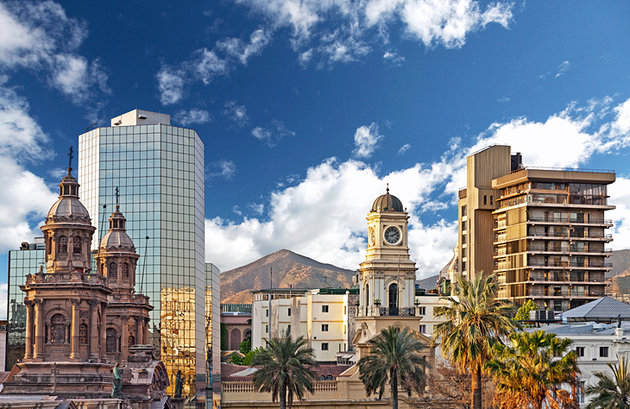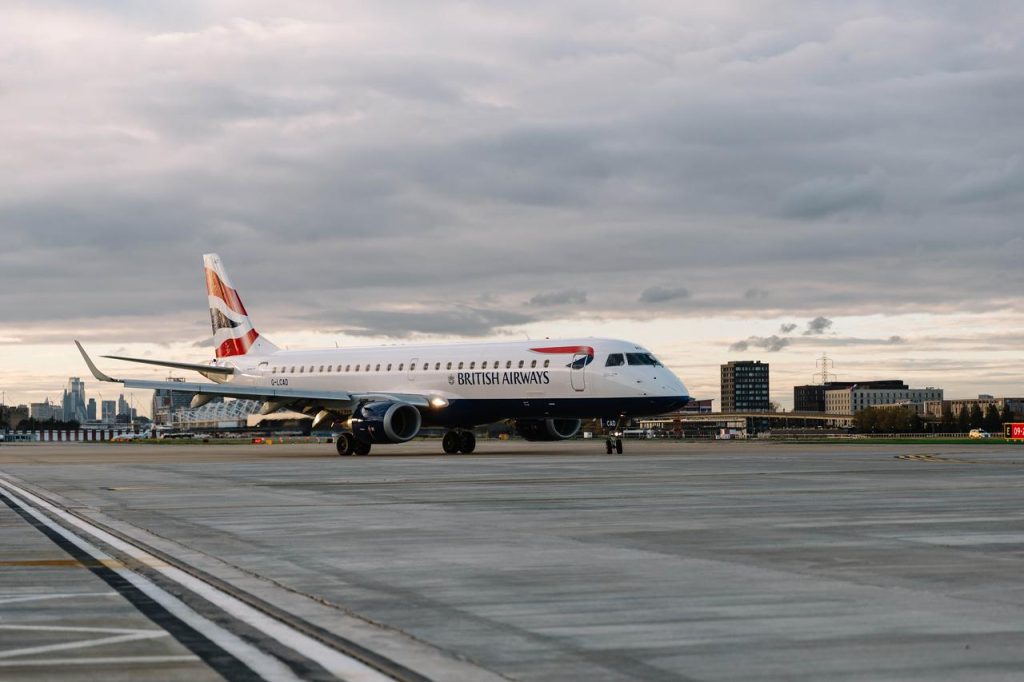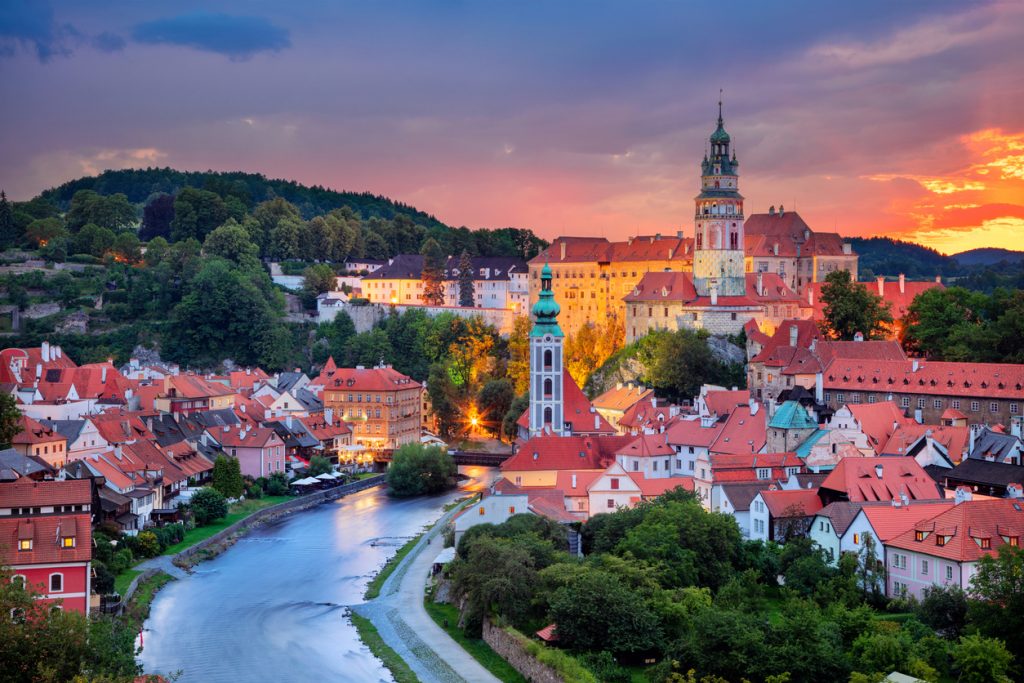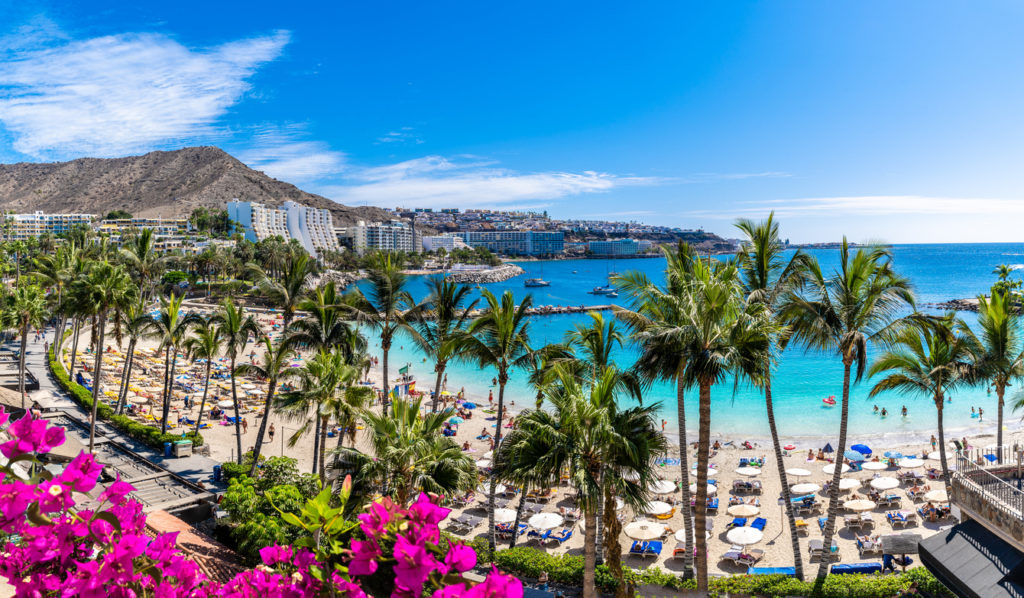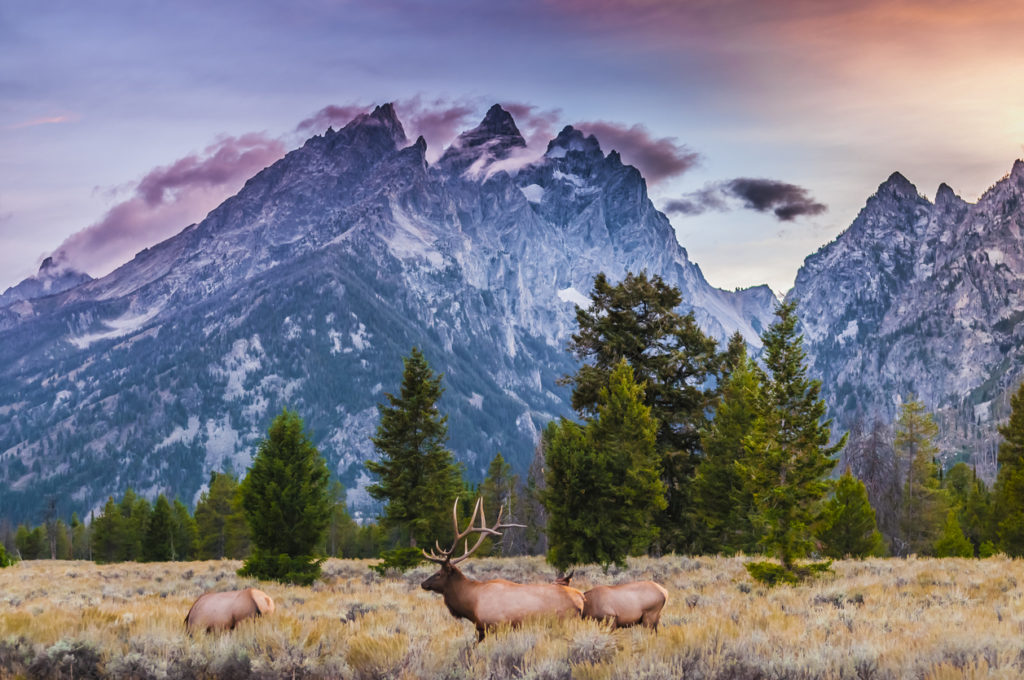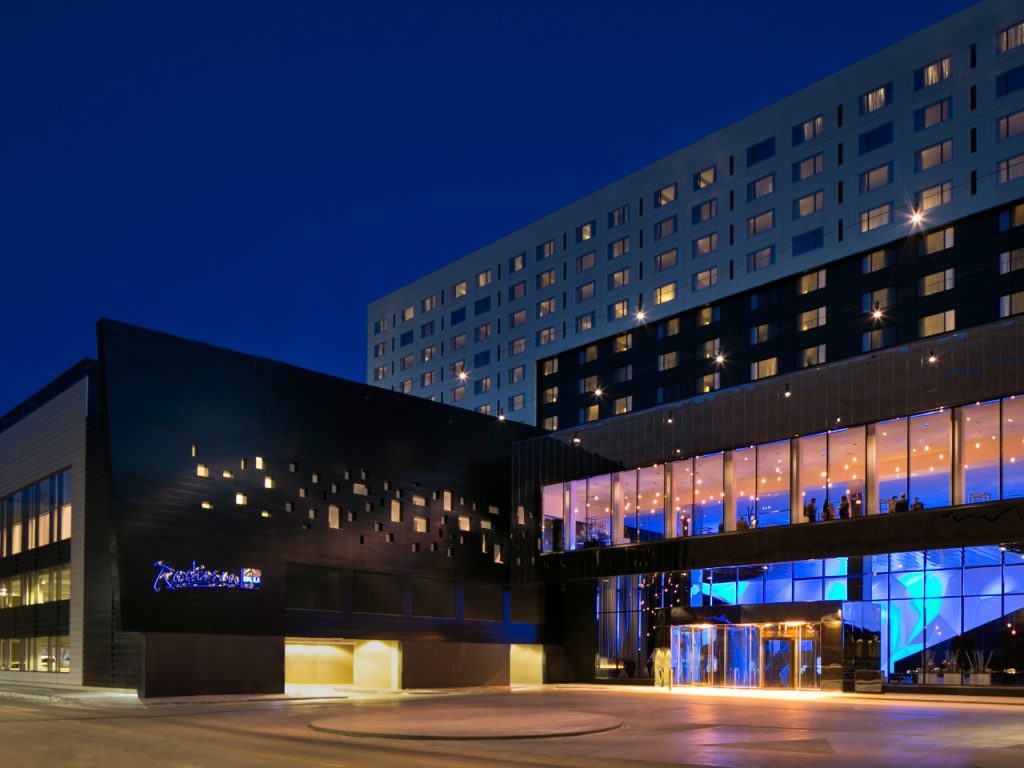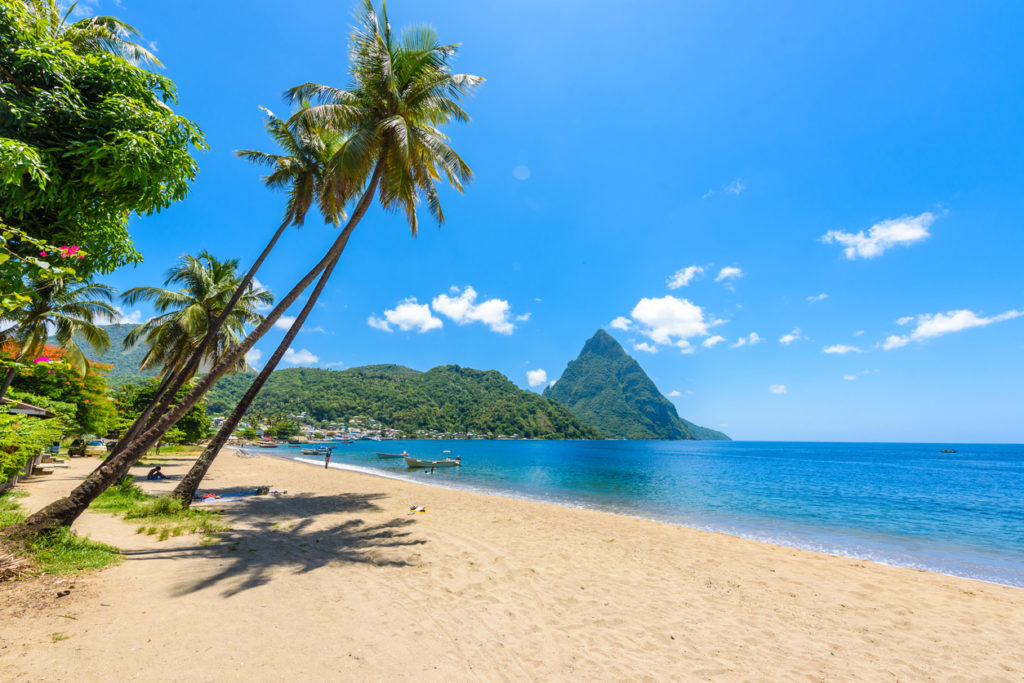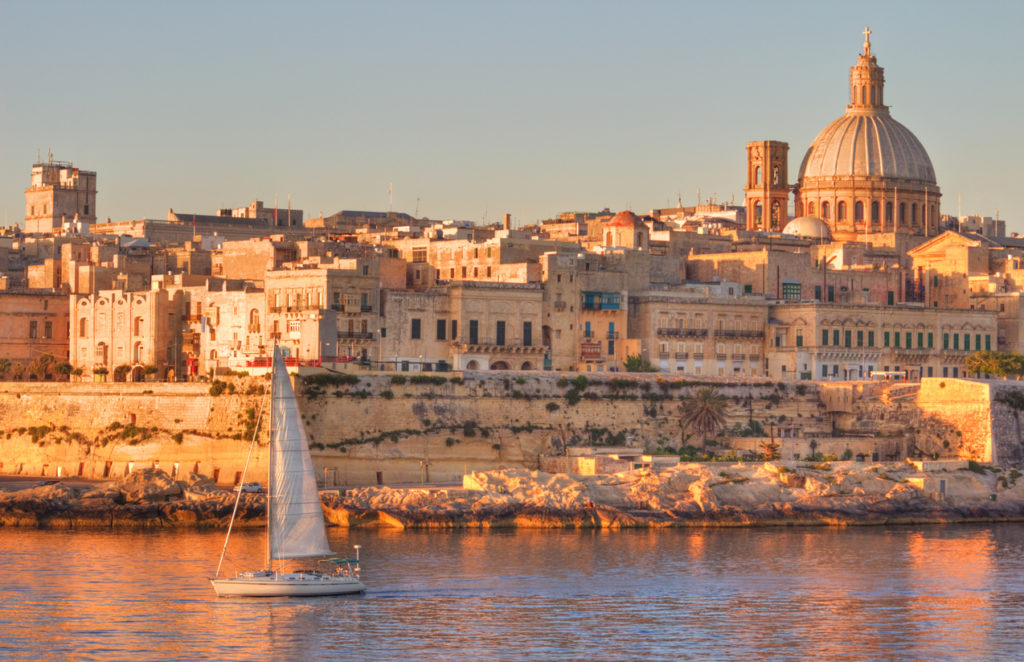
Nestled in the heart of the Mediterranean, Malta is a small archipelago that boasts a rich tapestry of history, culture, and natural beauty. Its strategic location has made it a crossroads of civilizations for millennia, resulting in a unique blend of influences that is palpable in everything from its architecture to its cuisine. While summer is a popular time to visit, with tourists flocking to its sun-soaked shores, there’s something particularly special about experiencing Malta in late summer and early autumn. The island’s rhythm slows down, the heat mellows, and the true essence of Maltese life begins to shine through. Here’s why September is the ideal time to explore this captivating destination.
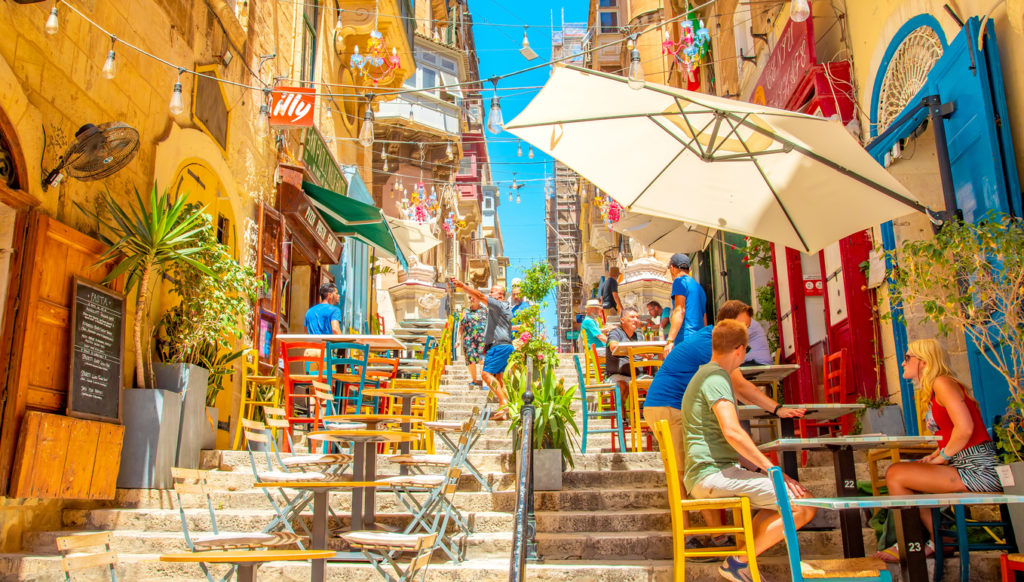
Perfect Weather Conditions
By September, Malta’s sizzling summer temperatures begin to moderate, offering a more comfortable climate for travelers. The island enjoys an average high of 28°C (82°F) and a low of around 20°C (68°F), making it perfect for both daytime exploration and evening relaxation. The fierce midday sun of July and August gives way to a gentler warmth, allowing you to enjoy the island’s outdoor attractions without the need to constantly seek shade or cool off.
The Mediterranean Sea remains invitingly warm, with water temperatures hovering around 25°C (77°F), ensuring that swimming, snorkeling, and other water activities are still very much on the agenda. Unlike in the peak summer months, you’ll find that the beaches and coastal areas are less crowded, providing a more peaceful experience where you can truly appreciate the crystal-clear waters and stunning scenery.
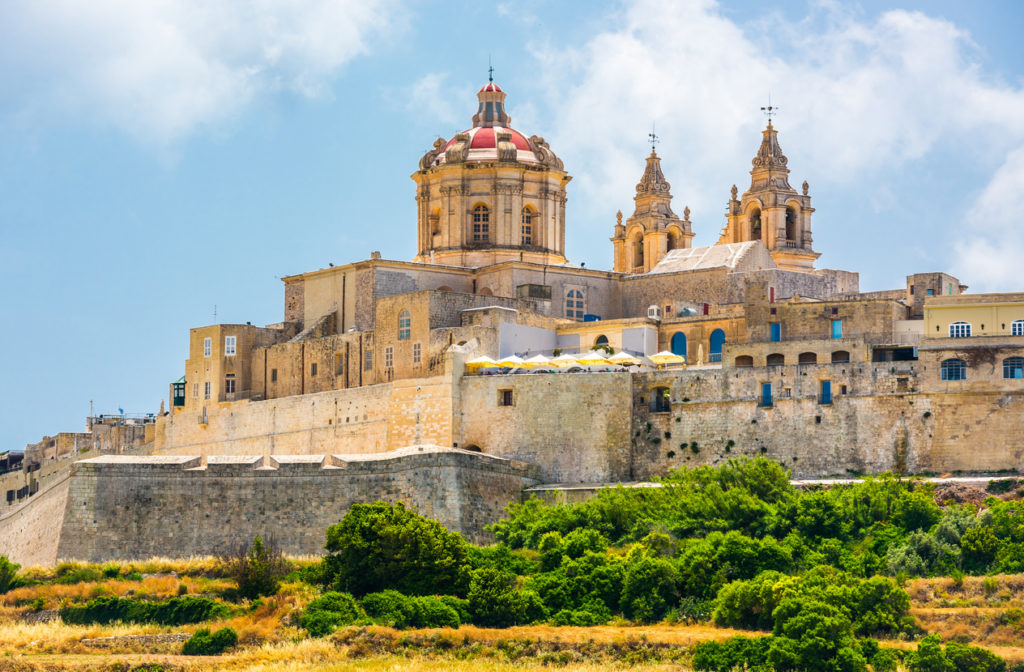
A Tranquil Experience
One of the most significant advantages of visiting Malta in September is the noticeable decrease in the number of tourists. As families with school-aged children return home, the island’s major attractions become less congested, allowing you to explore at your own pace. Historical sites like the silent city of Mdina, with its labyrinthine streets and medieval architecture, can be appreciated without the throngs of visitors that often characterize the summer months.
Valletta, Malta’s capital and a UNESCO World Heritage site, also takes on a different ambiance in September. The narrow streets, lined with baroque buildings and adorned with colorful wooden balconies, are quieter, giving you the opportunity to truly absorb the city’s rich history and vibrant culture. Must-visit spots include St. John’s Co-Cathedral, home to Caravaggio’s masterpiece “The Beheading of Saint John the Baptist,” and the Upper Barrakka Gardens, which offer panoramic views of the Grand Harbour.
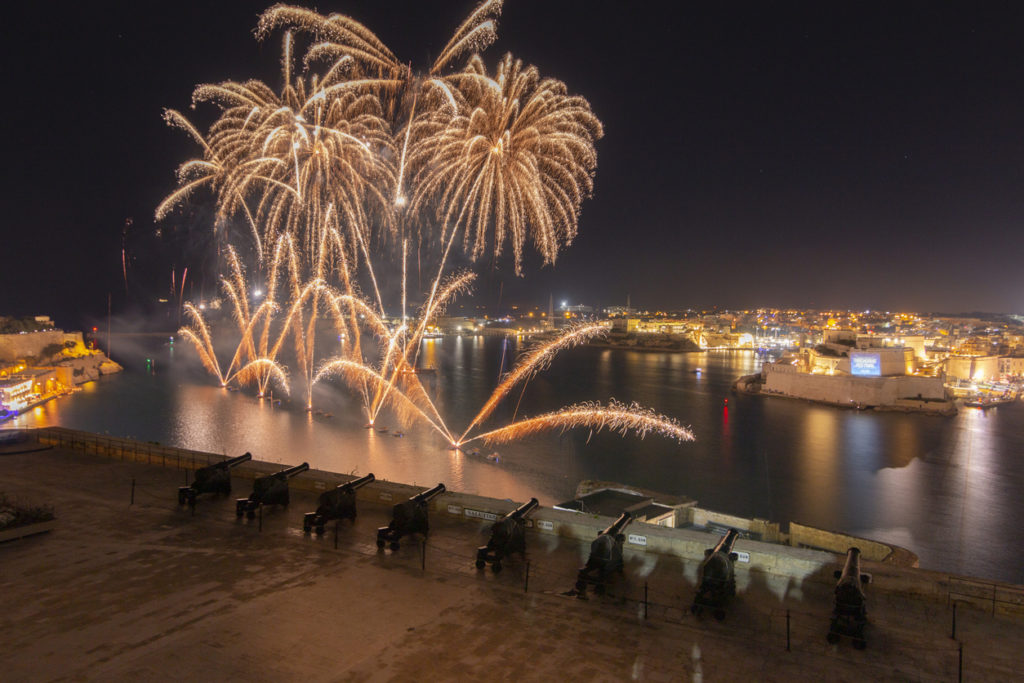
Festivals and Local Events
September is a festive month in Malta, marked by several important cultural and religious events that offer visitors a glimpse into the island’s traditions and way of life. One of the most significant events is Victory Day on September 8th, a national holiday that commemorates several key historical events, including the end of the Great Siege of Malta in 1565 and the withdrawal of Italian forces during World War II. The day is celebrated with a range of activities, including the Victory Day Regatta in the Grand Harbour, where traditional Maltese boats race against the backdrop of Valletta’s historic fortifications.
Another highlight of the month is Notte Bianca, usually held in late September or early October. This cultural event sees Valletta transformed into a hub of activity, with its streets, squares, and public spaces hosting live music, theater performances, art exhibitions, and street food stalls. Museums and historical buildings remain open late into the night, offering free entry and special tours. Notte Bianca is a fantastic opportunity to experience Maltese culture in a lively, celebratory atmosphere.
In the second week of October, there are some unique festivals that showcase the creative and indulgent sides of Maltese life.The Birgu Candlelight Festival, also known as Birgufest, is an enchanting event where the medieval city of Birgu (Vittoriosa) is illuminated by thousands of candles. Held in early October, this festival turns the city into a magical, glowing wonderland. Visitors can wander through the narrow streets, enjoy live music, and explore historical buildings, all under the soft light of candles. The atmosphere is both romantic and otherworldly, making it one of Malta’s most memorable experiences.
For those with a sweet tooth, the Malta Chocolate Festival is an event not to be missed. Typically held in mid October, this festival is a celebration of all things chocolate. It takes place in the picturesque town of Hamrun, where local and international chocolatiers showcase their creations. The festival features a variety of chocolate-based treats, including artisanal chocolates, cakes, and desserts, as well as demonstrations and workshops. It’s a delightful event that adds a touch of indulgence to your Maltese adventure.
In addition to these major events, many towns and villages across Malta host their own local festas in September. These traditional celebrations are held in honor of a patron saint and feature processions, fireworks, and feasts. Attending a festa is a great way to immerse yourself in local traditions and enjoy the warm hospitality of the Maltese people.
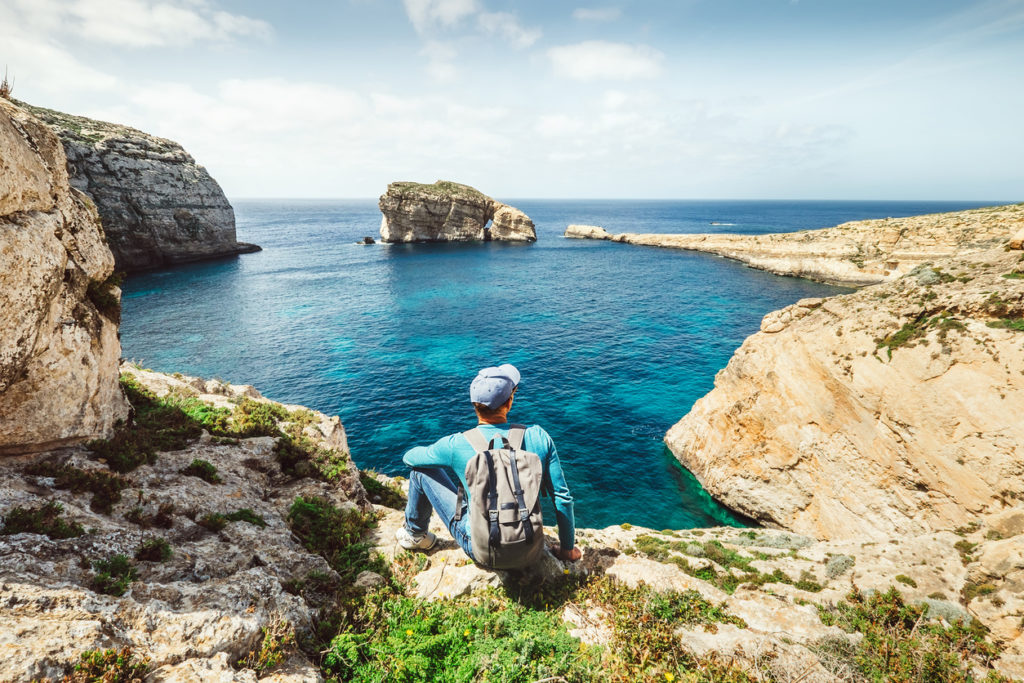
Outdoor Adventures
Malta’s rugged landscape and diverse natural environments make it an excellent destination for outdoor enthusiasts. September’s milder weather conditions are ideal for exploring the island’s scenic trails and coastal paths, which offer breathtaking views and opportunities to discover Malta’s flora and fauna.
One of the most popular hiking destinations is the Dingli Cliffs, located on the western coast of Malta. Rising 253 meters (830 feet) above sea level, these cliffs offer stunning panoramic views of the Mediterranean and the tiny, uninhabited island of Filfla. The area is also home to the ancient Chapel of St. Mary Magdalene, a small church perched on the edge of the cliffs that adds a touch of historical intrigue to your hike.
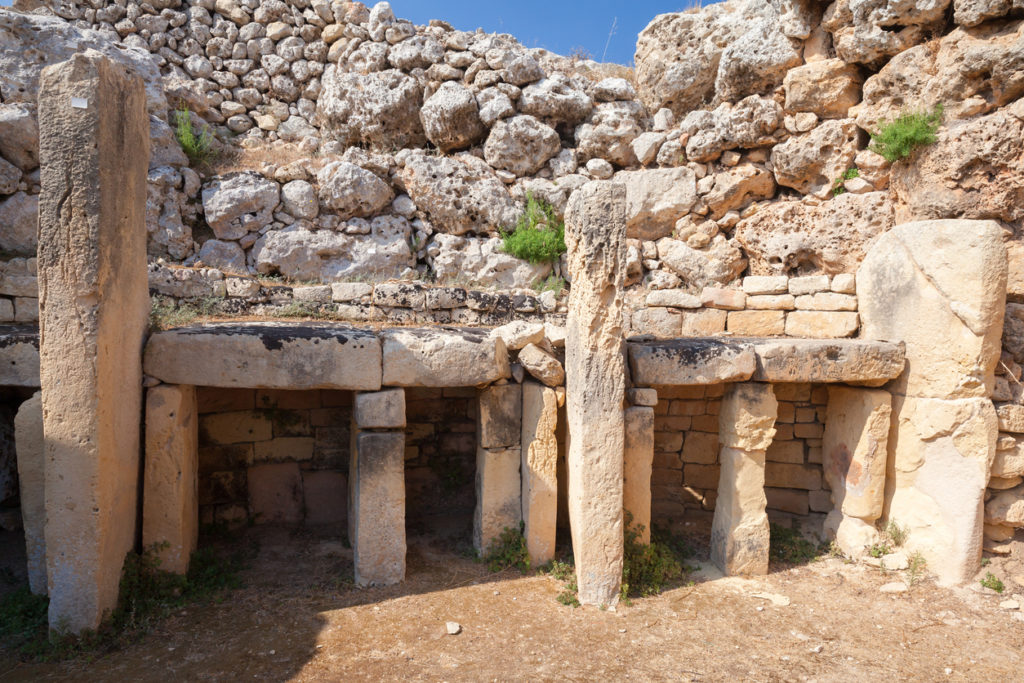
For a more leisurely exploration, consider a walk along the coast near the fishing village of Marsaxlokk. Known for its picturesque harbor filled with colorful luzzu boats, Marsaxlokk offers a charming setting for a stroll, with the opportunity to stop at one of the many seafood restaurants that line the waterfront. The nearby St. Peter’s Pool, a natural swimming hole carved into the limestone rock, is a popular spot for swimming and sunbathing.
If you’re up for a day trip, head to Gozo, Malta’s smaller and more rural sister island. Gozo is known for its idyllic countryside, stunning beaches, and historical sites like the Ggantija Temples, which are older than Stonehenge. September is a great time to explore Gozo’s numerous hiking and cycling trails, which take you through rolling hills, past ancient villages, and along dramatic coastal cliffs.

Diving in Malta
Malta is a world-renowned diving destination, and September is one of the best times to explore its underwater treasures. The sea remains warm and visibility is excellent, making it perfect for both novice and experienced divers. Malta’s waters are home to a variety of dive sites, including natural reefs, underwater caves, and historic shipwrecks.
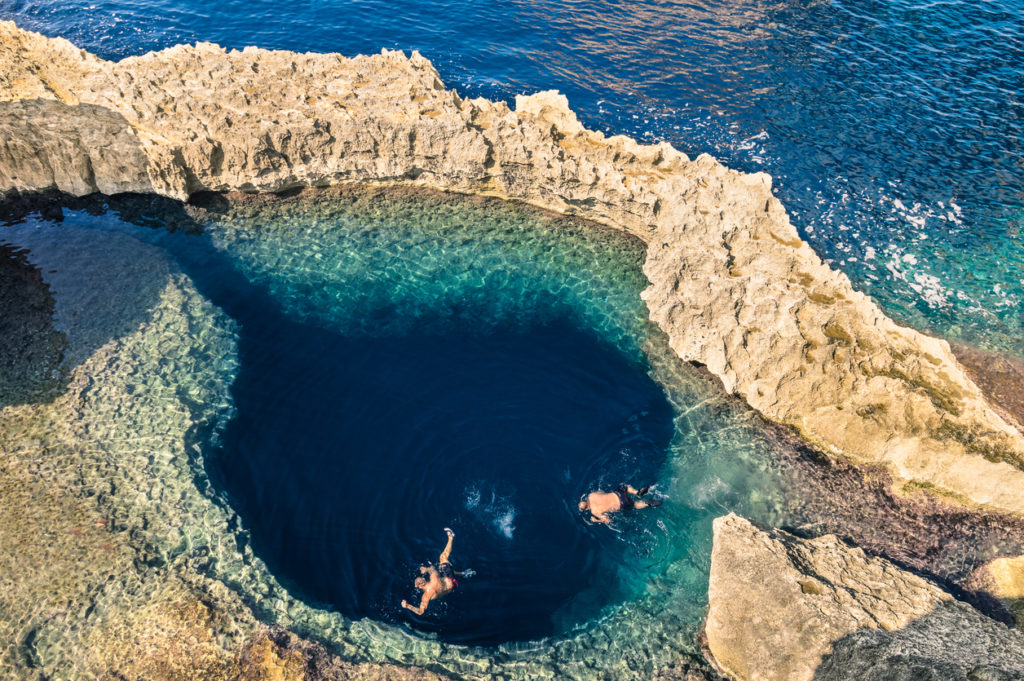
One of the most famous dive sites is the Blue Hole on Gozo, a natural rock formation that leads to an underwater cave and a series of stunning reefs. Another popular site is the Um El Faroud, a Libyan oil tanker that was scuttled in 1998 to create an artificial reef. The wreck lies at a depth of 36 meters (118 feet) and is home to a rich array of marine life, including barracudas, octopuses, and moray eels.
For those new to diving, there are numerous dive schools across Malta and Gozo that offer courses and guided dives. September’s calm seas and warm temperatures make it an ideal time to take the plunge and discover the underwater wonders of the Mediterranean.
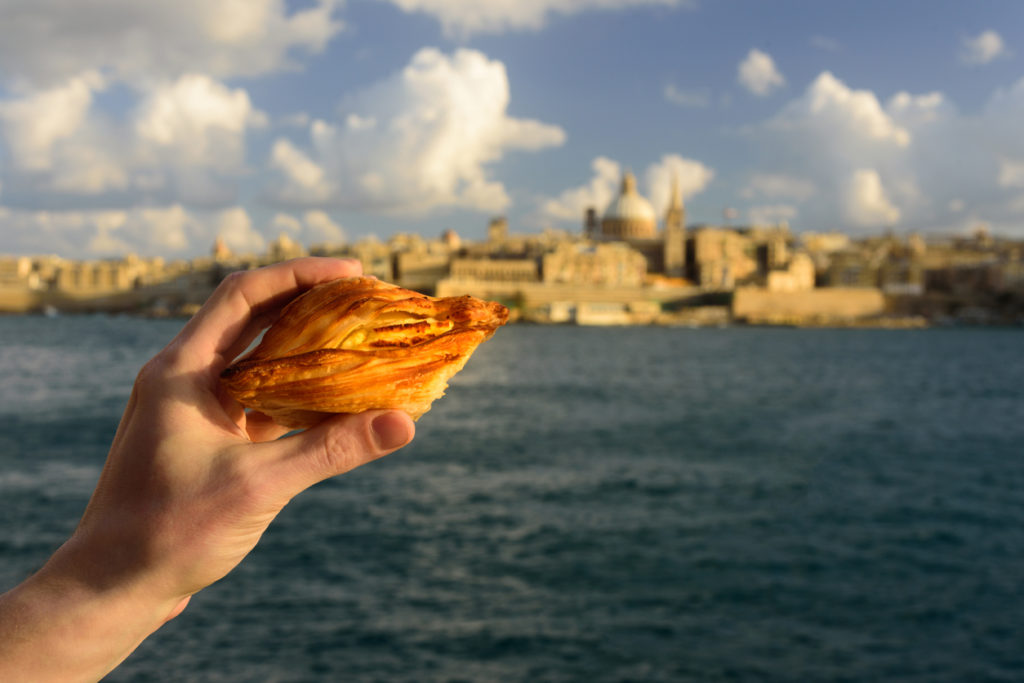
Culinary Scene
Malta’s culinary scene is a reflection of its diverse cultural heritage, with influences from Italy, North Africa, and the Middle East. September is a particularly good time to indulge in the island’s gastronomic offerings, as the harvest season is in full swing and the markets are brimming with fresh produce.
Seafood lovers will be in paradise, as Malta’s coastal waters provide an abundance of fish, octopus, and shellfish. Head to Marsaxlokk for a seafood feast, where you can enjoy dishes like grilled swordfish, octopus stew, and lampuki pie, a traditional Maltese dish made with dolphin fish, which is in season in September.
For a taste of traditional Maltese cuisine, try fenek, a slow-cooked rabbit stew that is considered the national dish. Another must-try is pastizzi, a popular street food snack made of flaky pastry filled with ricotta or mushy peas. These can be found in bakeries and cafes across the island and are perfect for a quick bite while exploring.
Malta is also home to a burgeoning wine industry, with several vineyards producing high-quality wines. September marks the beginning of the grape harvest, making it a great time to visit a winery and sample some of the local vintages. Many wineries offer tours that include a walk through the vineyards, a look at the wine making process, and, of course, a tasting session.
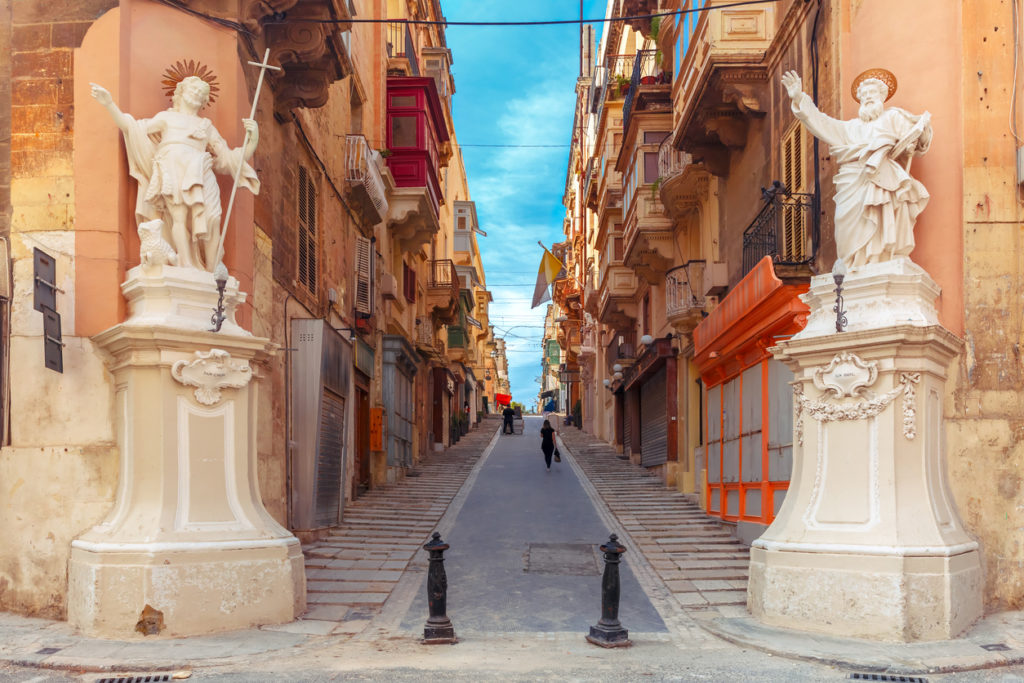
Exploring Hidden Gems
While Malta’s main attractions are certainly worth visiting, September is also a great time to venture off the beaten path and discover some of the island’s lesser-known treasures. The reduced tourist numbers and pleasant weather make it easier to explore areas that might be overlooked during the busier months.
One such hidden gem is the Wied il-Għasri Valley on Gozo, a narrow gorge that leads to a secluded beach. This peaceful spot is perfect for a quiet afternoon of sunbathing, swimming, or snorkeling. The valley is also a great place for a scenic walk, with the surrounding countryside offering beautiful views of the island.
Another lesser-known attraction is the Buskett Gardens, Malta’s largest wooded area, located near the village of Siggiewi. Originally planted by the Knights of St. John as a hunting ground, the gardens are now a popular spot for picnics and nature walks. The area is particularly lush in September, following the hot summer months, and offers a cool retreat from the sun.
For history buffs, a visit to the Ħal Saflieni Hypogeum is a must. This UNESCO World Heritage site is an underground prehistoric burial complex that dates back to around 4000 BC. The Hypogeum is one of the most important archaeological sites in Malta, and its underground chambers, carved out of solid rock, provide a fascinating glimpse into the island’s ancient past. Due to its popularity and limited access, it’s advisable to book tickets in advance, especially in September when visitor numbers are more manageable.

